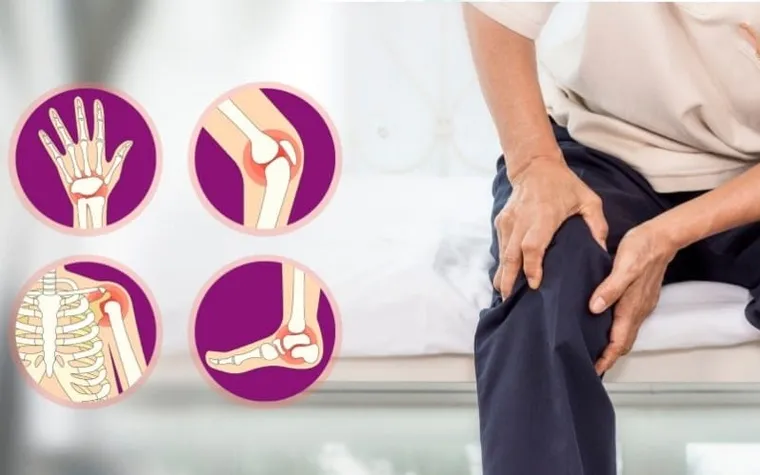Arthritis is a common condition that causes pain, stiffness, and inflammation in the joints. It affects millions worldwide, impacting mobility and quality of life. The most common types, osteoarthritis and rheumatoid arthritis, have different causes but share similar symptoms. Effective treatments can reduce pain, improve function, and slow disease progression. Managing arthritis requires a combination of lifestyle changes, medical interventions, and home remedies. From medications and physical therapy to alternative treatments and surgical options, a wide range of approaches can help individuals maintain mobility and reduce discomfort.
There is no one-size-fits-all treatment for arthritis, as each person experiences the condition differently. A combination of therapies tailored to an individual’s needs is often the best approach. Medications such as NSAIDs, corticosteroids, and disease-modifying drugs can relieve pain and inflammation. Physical therapy strengthens muscles and improves joint function, while lifestyle modifications like weight management and exercise help reduce strain on joints. Alternative treatments, including acupuncture and herbal supplements, may provide additional relief. In severe cases, surgical options such as joint replacement offer long-term solutions for managing arthritis pain.
Medications for Arthritis Pain
Medications play a crucial role in managing arthritis symptoms. Over-the-counter (OTC) pain relievers, like acetaminophen and nonsteroidal anti-inflammatory drugs (NSAIDs), help reduce pain and inflammation. Prescription drugs, such as corticosteroids and disease-modifying antirheumatic drugs (DMARDs), are used for more severe cases, particularly in rheumatoid arthritis. Biologic response modifiers target the immune system to slow disease progression.
Physical Therapy and Exercise
Regular physical therapy and exercise can significantly improve joint function and reduce pain. Strengthening exercises help support joints, while flexibility routines enhance mobility. Low-impact activities such as swimming, yoga, and walking are excellent options for arthritis patients. Physical therapists create personalized programs to improve movement and reduce stiffness.
Lifestyle Modifications
Making lifestyle changes can have a significant impact on arthritis symptoms. Maintaining a healthy weight reduces stress on joints, particularly in weight-bearing areas like the knees and hips. A balanced diet rich in anti-inflammatory foods, such as fatty fish, fruits, and vegetables, can help manage symptoms. Avoiding smoking and excessive alcohol consumption also supports joint health.
Alternative and Complementary Therapies
Many people find relief through alternative treatments. Acupuncture, an ancient Chinese practice, may help reduce arthritis pain by stimulating specific points in the body. Herbal supplements like turmeric and ginger have natural anti-inflammatory properties. Heat and cold therapy can provide immediate relief, with heat soothing stiffness and cold reducing swelling.
Surgical Options
When arthritis pain becomes severe and limits daily activities, surgery may be necessary. Joint replacement surgery, such as hip or knee replacement, is a common procedure that restores mobility and reduces pain. Arthroscopy, a minimally invasive procedure, can help remove damaged cartilage. Joint fusion is another option for stabilizing affected joints.
Conclusion
Arthritis joint pain can be debilitating, but effective treatments exist to improve quality of life. A combination of medications, physical therapy, lifestyle changes, and alternative therapies can provide relief. For severe cases, surgical interventions offer long-term solutions. By working closely with healthcare providers, individuals can develop a comprehensive treatment plan that best suits their needs.

